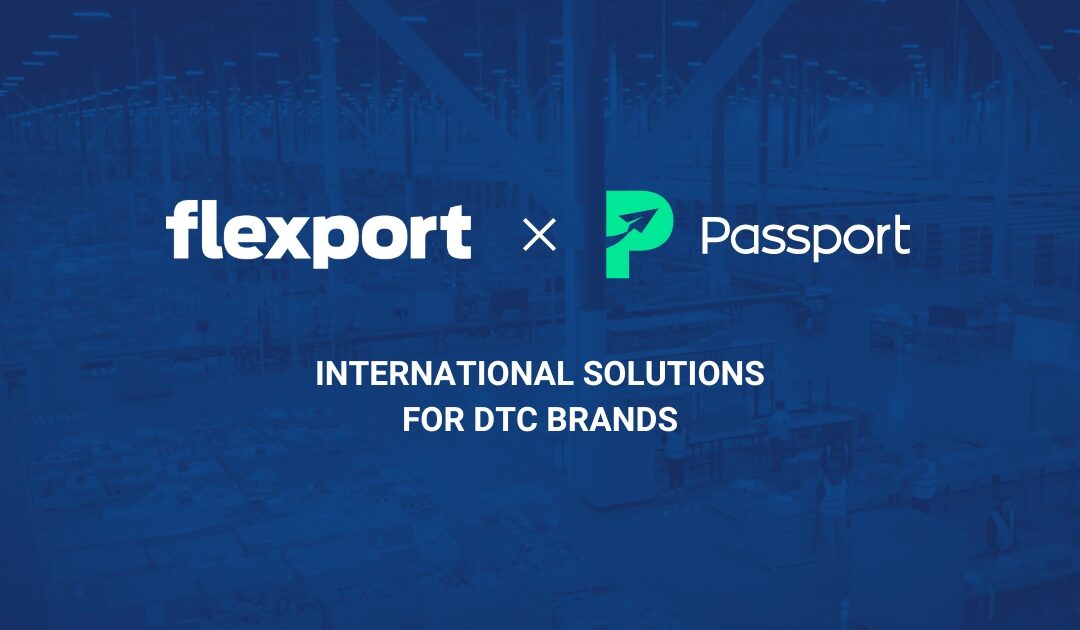Guest blog post from DCL Logistics
Choosing the best freight type, shipping service, and delivery speed for your brand, your products, and your customers can be daunting. There are so many variables to consider.
If you’re looking to reduce your overall shipping costs, one of the first places to look is how your products are packaged. Package size is often an overlooked aspect of shipping where you can see significant cost savings with minimal changes.
The Two Main Factors in Transportation Fees and Shipping Costs
It’s important to first understand what goes into transportation fees.
There are many factors that make up your final shipping invoice, making it difficult for an eCommerce business to determine where they can save money without sacrificing service or delivery time. Plus, transportation costs have risen more than usual in the past two years, making it more important than ever for eCommerce businesses to understand how to forecast and estimate their shipping costs.
Many brands get swept up in wanting branded boxes and specialty packaging. While that may set your brand apart from the other brown boxes, it might also be hurting your bottom line.
Baseline transportation fees are primarily made up of two factors: the size and weight of your package, and the distance it needs to travel. (Of course, there are many other factors, like surcharges, fuel rates, and more, but those aren’t always negotiable, nor are they central to the baseline transportation fee.) While there’s little that can be done to change or reduce the cost per distance your package needs to travel, there is a lot you can do to reduce the weight/dimensions of the package.
Package Dimensions and DIM Weight
Today, most major shipping carriers use dimensional weight (also known as volumetric weight, DIM weight, or cubed weight) as a pricing technique to calculate how a package will fit into their freight cargo.
Previously, if you sent a huge box with only a toothbrush and a pair of socks (let’s call that a 4oz package), the shipping cost would be based on the actual (4oz) weight. The box size didn’t matter. In 2015, the small package carriers (UPS, FedEx, and USPS) changed their method for billing. They went from determining the cost of shipping a package from actual weight to dimensional weight.
Now, carriers use dimensional weight to determine the shipping cost based on the space that it takes up in the truck. What this means for eCommerce shippers is: that it’s even more important to choose boxes that are right-sized for your products. This will eliminate extra fees if your carrier uses dimensional weight rates.
How Kitting Products Better Can Help Reduce Package Size
The space within your box matters for a few very big reasons. The more you add to your package (inner carton, outer box, packaging, branded materials) the more you’re going to pay in overall shipping costs. This goes for the size of the materials as well as their weight.
Your ideal scenario when packing multiple items in one box is to overpack the box in order to optimize for dimensional weight. If a box is overpacked this will also inform the type of packing materials you use. You may need a thicker box and stronger or wider tape to ensure your products arrive safely at their destination.
Kitting is a value-added service that some fulfillment providers offer to help optimize how your products are packaged. For example, instead of packing each individual SKU separately into standard-sized boxes (they might be too bulky), you can pack your items together in a custom-sized box. This reduces the overall size of your package, plus with less cardboard, it’s going to also reduce the weight.
By optimizing your kitting, you’ll save on materials costs like package fillers and packing tape, which add up if your shipping volume is high enough. The savings that occur from reducing your packaging is one of the ways that kitting can boost your profit margin.
How Common Shipping Rates are Affected by Parcel Size
There are some low-cost shipping options that can significantly lower transportation fees, but they all come with packaging specifications. Here are the most common:
Flat rate shipping
US Postal Service offers shipping service for a flat rate cost. The only parameters are that your package must weigh less than 70lbs and fit within the designated USPS flat-rate boxes (there are flat rate envelopes, as well as large flat rate boxes, medium and small flat rate boxes). The delivery time is approximately 1-3 business days and the service is offered for domestic parcels only.
The USPS flat rate service is attractive to many eCommerce shippers because it basically eliminates the need to weigh packages. With certain types of SKUs, it can be a big cost saver.
Expedited shipping
At its most basic meaning, expedited shipping is any shipping or delivery method guaranteed to get an order to a customer faster than the standard delivery method would. Expedited services apply to orders placed by customers who need them fulfilled as soon as possible.
While expedited shipping is not usually a low-cost option, specific services are more cost-effective for the delivery times you’ll get.
For example, the USPS expedited shipping option is referred to as Priority Mail Express and is described as their “fastest domestic service.” Packages under 70 pounds ship overnight delivery or by 10:30 am the next day. This is not to be confused with first class and priority mail (not priority mail express) which are also low-cost, expedient shipping options, but typically deliver in 1-3 business days.
With most expedited shipping, you can use your own box, but the package dimensions need to be within a certain size for the parcel to qualify for expedited shipping.
Bottom Line
Shipping fees are a great place to cut (some) costs. If you aren’t shipping your products in the most affordable and efficient way, then you’re leaving money on the table.
While you don’t want to sacrifice quality delivery service if you end up with very simple packaging, you can make up for that in high-quality fulfillment. Working with a reputable 3PL or fulfillment provider can help by ensuring your products are packaged exactly how you want them to look. Plus having an experienced fulfillment partner can often mean they are helping you obtain the most cost-effective solution for your brand.
About DCL Logistics
Founded in 1982, DCL Logistics supports high-growth brands by offering turnkey fulfillment and logistics services. We focus on customer service, quality, and technology to ensure we provide our clients with a hassle-free logistics experience.




